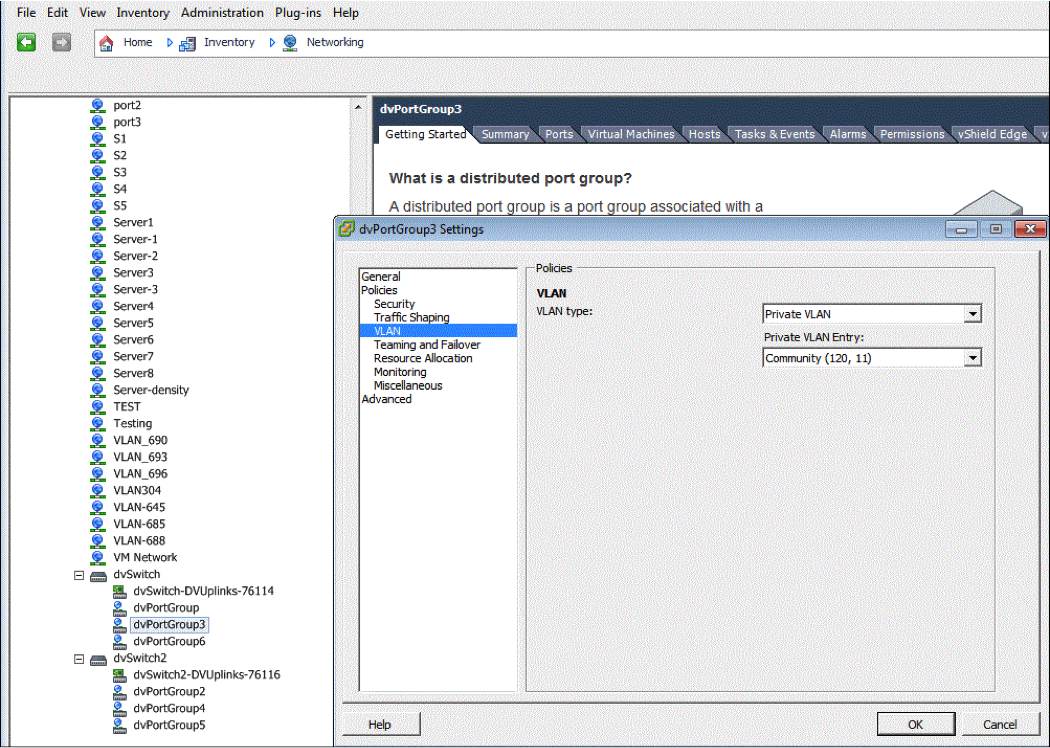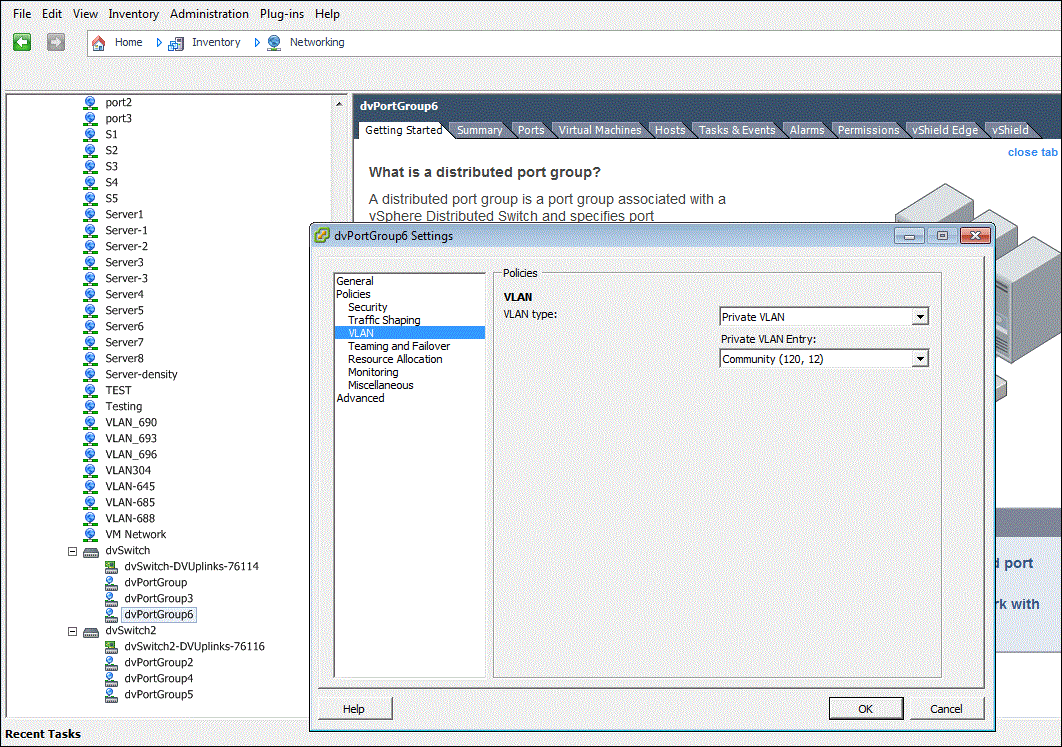- play_arrow vSRX Virtual Firewall Deployment for KVM
- play_arrow Overview
- play_arrow Install vSRX Virtual Firewall in KVM
- Prepare Your Server for vSRX Virtual Firewall Installation
- Install vSRX Virtual Firewall with KVM
- Example: Install and Launch vSRX Virtual Firewall on Ubuntu
- Load an Initial Configuration on a vSRX Virtual Firewall with KVM
- Use Cloud-Init in an OpenStack Environment to Automate the Initialization of vSRX Virtual Firewall Instances
- play_arrow vSRX Virtual Firewall VM Management with KVM
- Configure vSRX Virtual Firewall Using the CLI
- Connect to the vSRX Virtual Firewall Management Console on KVM
- Add a Virtual Network to a vSRX Virtual Firewall VM with KVM
- Add a Virtio Virtual Interface to a vSRX Virtual Firewall VM with KVM
- SR-IOV and PCI
- Upgrade a Multi-core vSRX Virtual Firewall
- Monitor the vSRX Virtual Firewall VM in KVM
- Manage the vSRX Virtual Firewall Instance on KVM
- Recover the Root Password for vSRX Virtual Firewall in a KVM Environment
- play_arrow Configure vSRX Virtual Firewall Chassis Clusters on KVM
-
- play_arrow vSRX Virtual Firewall Deployment for Microsoft Hyper-V
- play_arrow Overview
- play_arrow Install vSRX Virtual Firewall in Microsoft Hyper-V
- play_arrow vSRX Virtual Firewall VM Management with Microsoft Hyper-V
- play_arrow Configure vSRX Virtual Firewall Chassis Clusters
-
- play_arrow vSRX Virtual Firewall Deployment for Contrail
- play_arrow Overview of vSRX Virtual Firewall Service Chains in Contrail
- play_arrow Install vSRX Virtual Firewall in Contrail
- play_arrow vSRX Virtual Firewall VM Management with Contrail
-
- play_arrow vSRX Virtual Firewall Deployment for Nutanix
- play_arrow Overview
- play_arrow Install vSRX Virtual Firewall in Nutanix
-
- play_arrow vSRX Virtual Firewall Deployment for AWS
- play_arrow Overview
- play_arrow Configure and Manage Virtual Firewall in AWS
- Configure an Amazon Virtual Private Cloud for vSRX Virtual Firewall
- Launch a vSRX Virtual Firewall Instance on an Amazon Virtual Private Cloud
- Enroll a vSRX Virtual Firewall on AWS with Juniper ATP Cloud
- Using Cloud-Init to Automate the Initialization of vSRX Virtual Firewall Instances in AWS
- AWS Elastic Load Balancing and Elastic Network Adapter
- Multi-Core Scaling Support on AWS with SWRSS and ENA
- Centralized Monitoring and Troubleshooting using AWS Features
- Deploying vSRX Virtual Firewall 3.0 for Securing Data using AWS KMS
- Configure vSRX Virtual Firewall Using the CLI
- Configure vSRX Virtual Firewall Using the J-Web Interface
- Upgrade Junos OS Software on a vSRX Virtual Firewall Instance
- Remove a vSRX Virtual Firewall Instance on AWS
- Geneve Flow Infrastructure on vSRX Virtual Firewall 3.0
- AWS Gateway Load Balancing with Geneve
- play_arrow Virtual Firewall in AWS Use Cases
-
- play_arrow vSRX Virtual Firewall Deployment for Microsoft Azure
- play_arrow Overview
- play_arrow Deploy vSRX Virtual Firewall from the Azure Portal
- play_arrow Deploy vSRX Virtual Firewall from the Azure CLI
- play_arrow Configure and Manage vSRX Virtual Firewall for Microsoft Azure
- play_arrow Configure Azure Features on vSRX Virtual Firewall and Use Cases
- Deployment of Microsoft Azure Hardware Security Module on vSRX Virtual Firewall 3.0
- Example: Configure an IPsec VPN Between Two vSRX Virtual Firewall Instances
- Example: Configure an IPsec VPN Between a vSRX Virtual Firewall and Virtual Network Gateway in Microsoft Azure
- Example: Configure Juniper ATP Cloud for vSRX Virtual Firewall
-
- play_arrow vSRX Virtual Firewall Deployment for Google Cloud Platform
- play_arrow Overview
- play_arrow Install vSRX Virtual Firewall in Google Cloud
-
- play_arrow vSRX Virtual Firewall Deployment for IBM Cloud
- play_arrow Overview
- play_arrow Installing and Configuring vSRX Virtual Firewall in IBM
- Performing vSRX Virtual Firewall Basics in IBM Cloud
- vSRX Virtual Firewall Readiness Checks in IBM Cloud
- Managing VLANs with a gateway appliance
- Working with the vSRX Virtual Firewall Default Configurations
- Migrating Legacy Configurations to the Current vSRX Virtual Firewall Architecture
- Allowing SSH and Ping to a Public Subnet
- Performing vSRX Virtual Firewall Advanced Tasks in IBM Cloud
- Upgrading the vSRX Virtual Firewall in IBM Cloud
- play_arrow Managing vSRX Virtual Firewall in IBM Cloud
- play_arrow Monitoring and Troubleshooting
-
- play_arrow vSRX Virtual Firewall Deployment for OCI
- play_arrow Overview
- play_arrow Installing vSRX Virtual Firewall in OCI
- play_arrow vSRX Virtual Firewall Licensing
-
Deploy vSRX Virtual Firewall Chassis Cluster Nodes Across Different ESXi Hosts Using dvSwitch
Before you deploy the vSRX Virtual Firewall chassis cluster nodes for ESXi 6.0 (or greater) hosts using distributed virtual switch (dvSwitch), ensure that you make the following configuration settings from the vSphere Web Client to ensure that the high-availability cluster control link works properly between the two nodes:
In the dvSwitch switch settings of the vSphere Web Client, disable IGMP snooping for Multicast filtering mode.
In the dvSwitch port group configuration of the vSphere Web Client, enable promiscuous mode.
For more information, see VMware vSphere Documentation.
This chassis cluster method uses the private virtual LAN (PVLAN) feature of dvSwitch to deploy the vSRX Virtual Firewall chassis cluster nodes at different ESXi hosts. There is no need to change the external switch configurations.
On the VMware vSphere Web Client, for dvSwitch, there are two PVLAN IDs for the primary and secondary VLANs. Select Community in the menu for the secondary VLAN ID type.
Use the two secondary PVLAN IDs for the vSRX Virtual Firewall control and fabric links. See Figure 1 and Figure 2.


The configurations described above must reside at an external switch to which distributed switch uplinks are connected. If the link at the external switch supports native VLAN, then VLAN can be set to none in the distributed switch port group configuration. If native VLAN is not supported on the link, this configuration should have VLAN enabled.
You can also use regular VLAN on a distributed switch to deploy vSRX Virtual Firewall chassis cluster nodes at different ESXi hosts using dvSwitch. Regular VLAN works similarly to a physical switch. If you want to use regular VLAN instead of PVLAN, disable IGMP snooping for chassis cluster links.
However, use of PVLAN is recommended because:
PVLAN does not impose IGMP snooping.
PVLAN can save VLAN IDs.
When the vSRX Virtual Firewall cluster across multiple ESXi hosts communicates through physical switches, then you need to consider the other Layer 2 parameters at: Troubleshooting a SRX chassis cluster that is connected through a layer 2 switch.




















